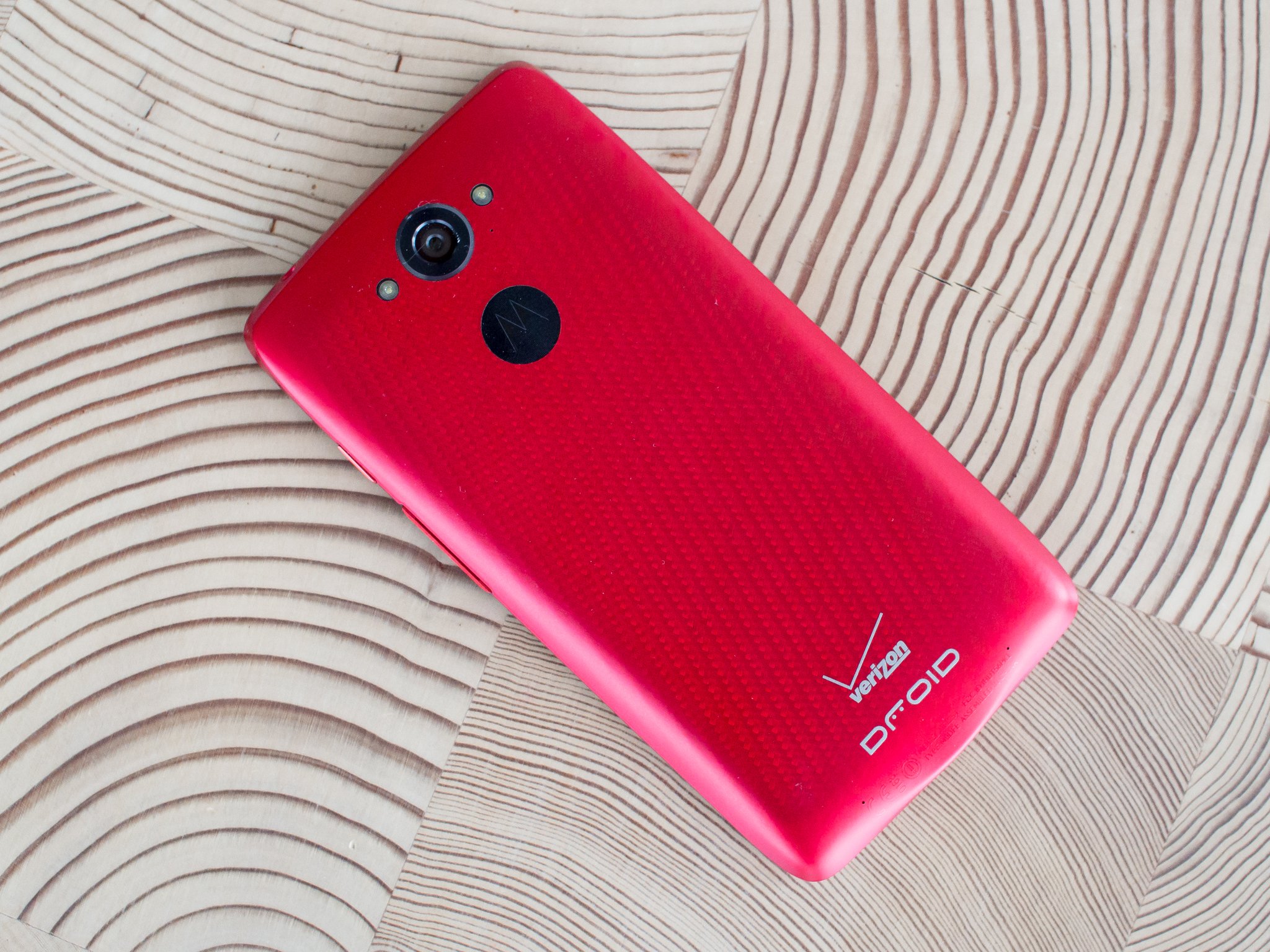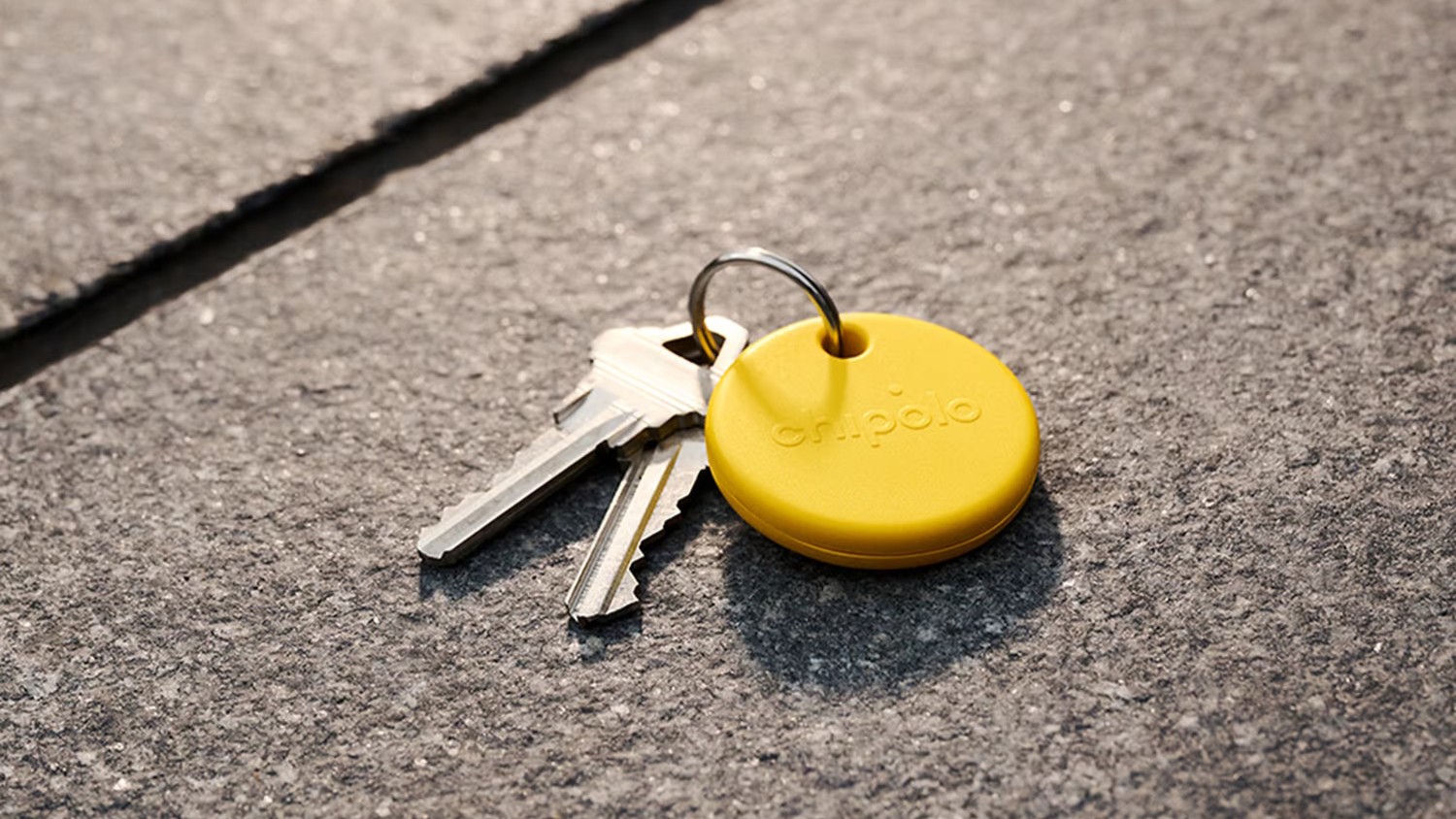Droid. It's the name that arguably kicked off Android's popularity back in 2009 and one we've still yet to completely shake as an inaccurate descriptor of just about every phone running Android. Verizon's marketing machinery is strong, but has thankfully toned back in the last two years to match Motorola's new direction.
Motorola now has an exclusive deal to provide Verizon with a steady stream of "Droid" branded devices for the foreseeable future, and since 2013 it has been bringing its new "less is more" mantra from the Moto X series over to the Droid line. The Motorola Droid Turbo is the 2014 flagship from this Verizon/Motorola tie-up, and the best way to describe it is as a "super" version of the 2014 Moto X.
No spec has gone un-bumped, and no design decision was made without considering how it would exude the "Droid" brand for Verizon. This is a Droid through and through, and one that could easily be considered as the best choice on Verizon today.
Read on for our full review of the Verizon Motorola Droid Turbo.
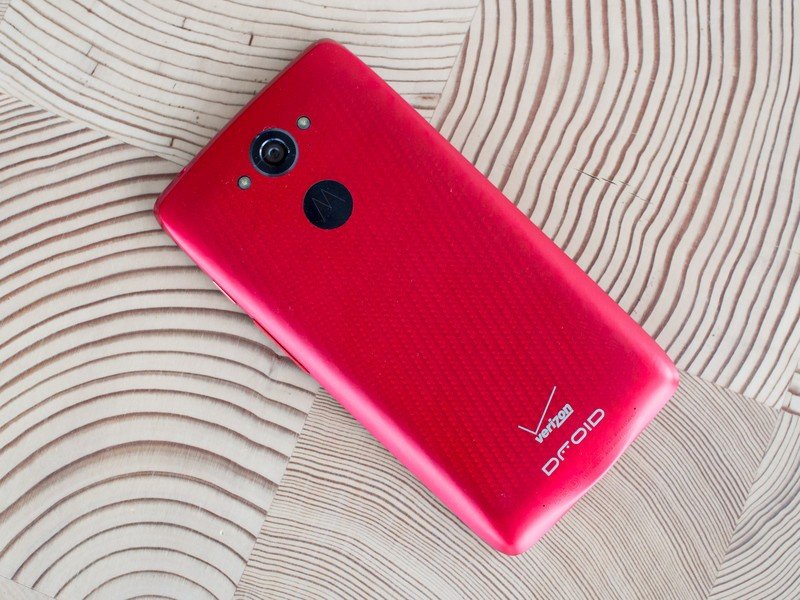
About this review
We're writing this review after a week of using the Droid Turbo as our primary device, in the greater Seattle area with excellent Verizon LTE coverage. For the majority of the review we also had an LG G Watch connected to the phone via Bluetooth. We have the red metallized glass model with 32GB of internal storage. The software version of our review unit is 21.21.15, and we received no software updates during the review.
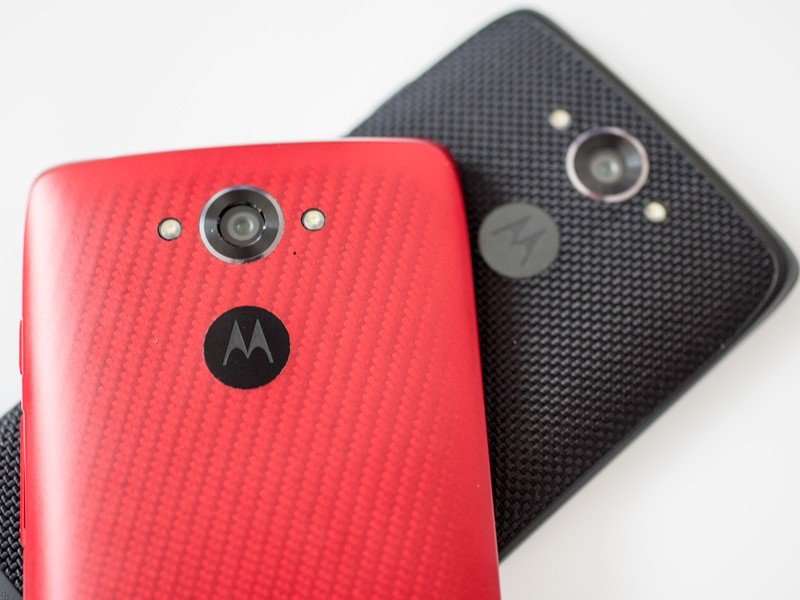
Droid Turbo hardware
Big. Beefy. Bold.
The Moto X is somewhat reserved, beautiful and subtly powerful. Conversely, the Droid Turbo (as the name would suggest) is bold, brash, a little edgy and packed full of hardware muscle. It takes a relatively similar form factor to its predecessors — the Droid Ultra and Droid Maxx — as well as design cues from the Moto X and wraps it in kevlar, along with a new ballistic nylon or metallized glass finish. And yes, it comes in screaming Verizon red.
The Turbo is furnished in kevlar, ballistic nylon or metallized glass — and yes, it comes in screaming Verizon red.
There's no way to look at the Droid Turbo and not know what carrier it's from or what manufacturer makes it (particularly with this red model I have) — this is an iconic smartphone design, for better or worse.
Most of the device is surrounded in a single solid back plate, which wraps around the sides and "chin" of the phone, and meets a shiny plastic rim that connects to the display glass on the front. The edges are broken only on the right side for a textured power button and volume rocker, the latter of which doubles as a Nano SIM tray.
My review unit is the "metallized glass" coated option which is semi-glossy and has far less texture than the "ballistic nylon" one — I still found it to be grippy enough for use, though. A simple camera pod on the back housing the 21MP sensor is surrounded by two LED flashes (but not in a ring flash style) and a textured Motorola logo. Verizon and Droid logos round out the look at the bottom of the back.
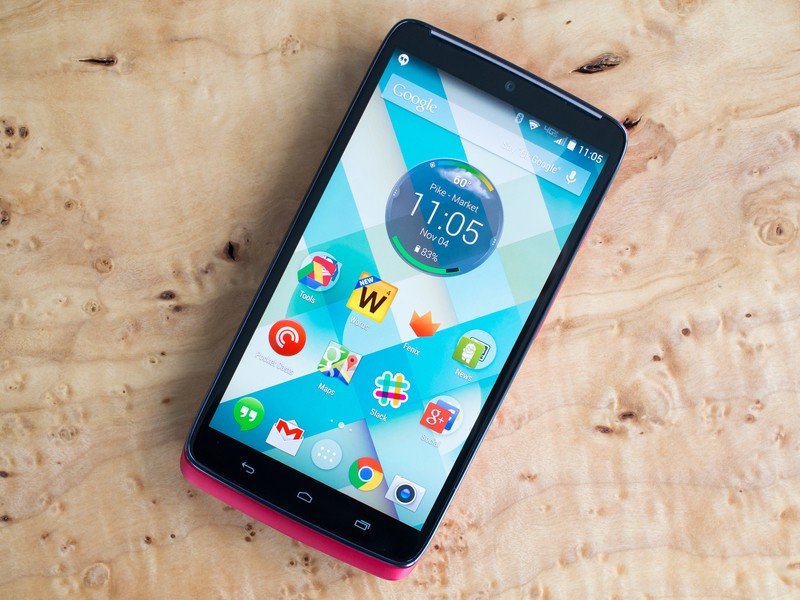
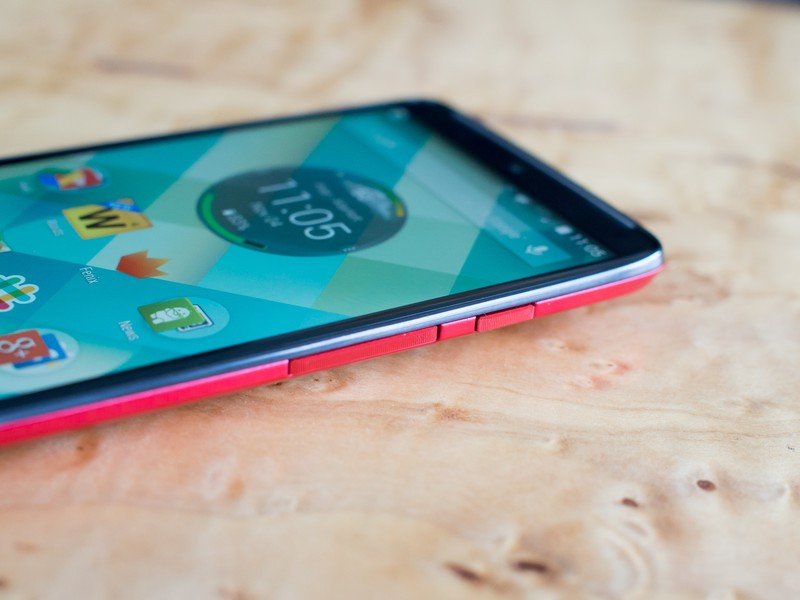
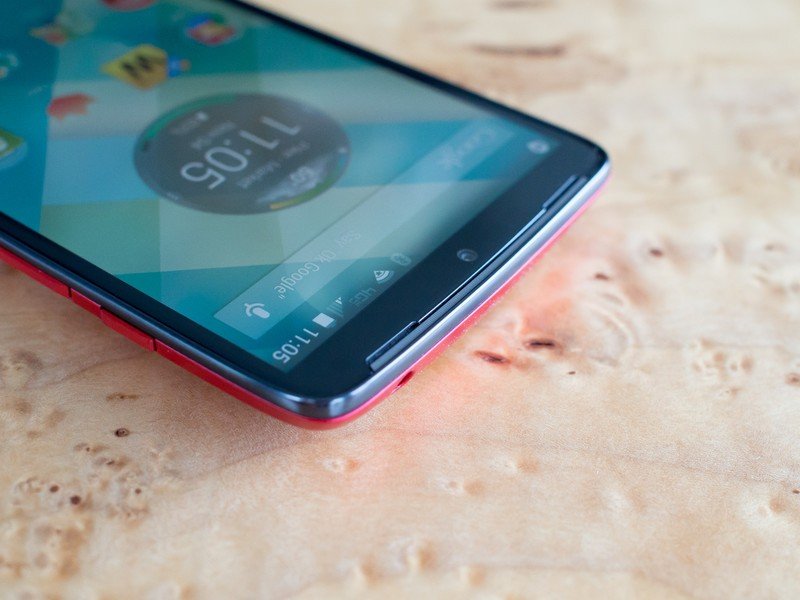
Around the front, there's a large single speaker at the top of the Turbo that functions as both the earpiece for calls and loudspeaker for any non-headphone media playback. That's flanked by somewhat-controversial capacitive navigation keys at the bottom of the device, laid out and designed in the old Android 4.x style. This means you always have access to the full 5.2-inch display, however they can become a bit intrusive since they're always active and touchable, even when playing games or full-screen media.
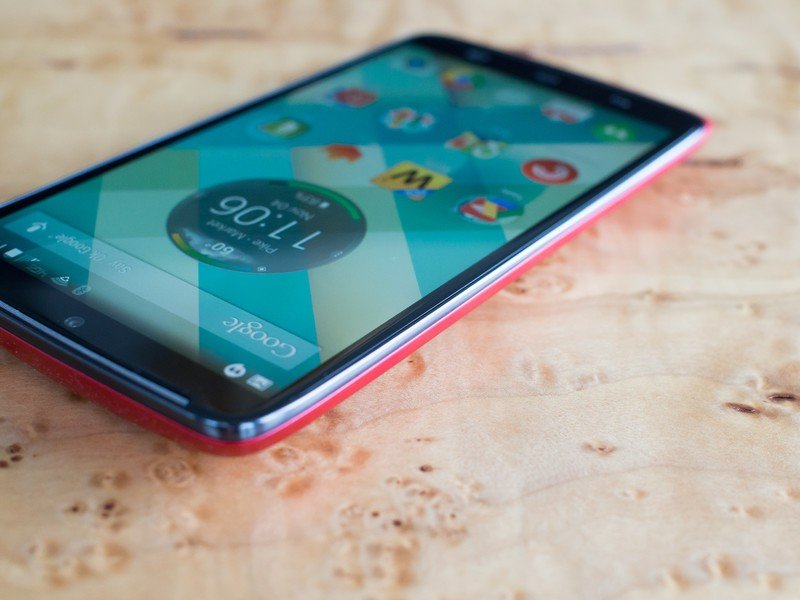
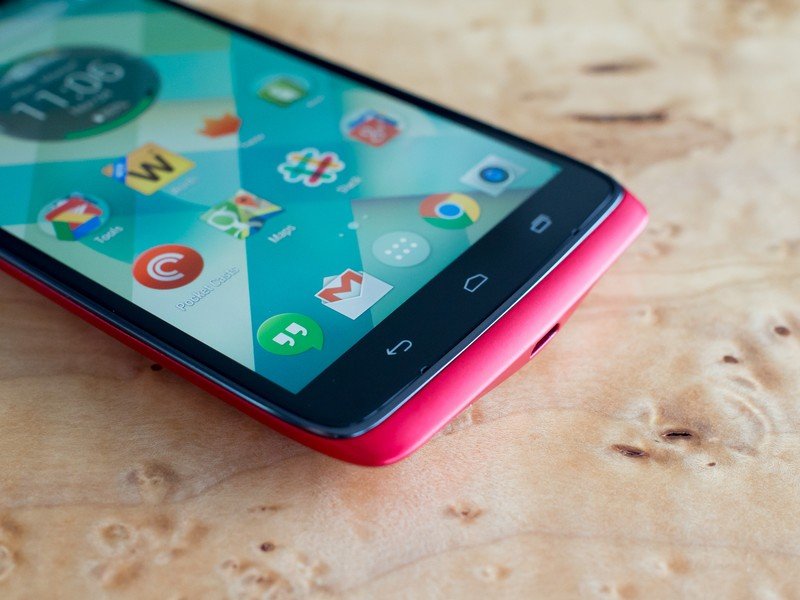
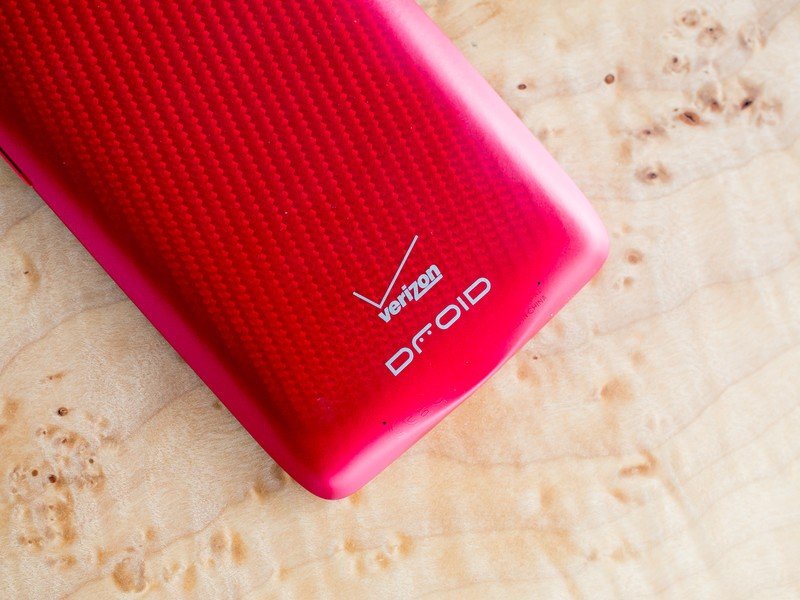

Even with those capacitive keys and large speaker, the bezels on the Turbo are quite small, though not mid-blowingly small like the LG G3's. They help the phone stay right on the edge of one-handed usability, though I still found myself shuffling it in my hand for some cross-device thumb reaching.
Say what you want about the tough and intense design of the Droid line, the Droid Turbo is actually really well built and can hold its own against rival flagship hardware. It's brash, bold and tough, but it feels solid and has all the right features.
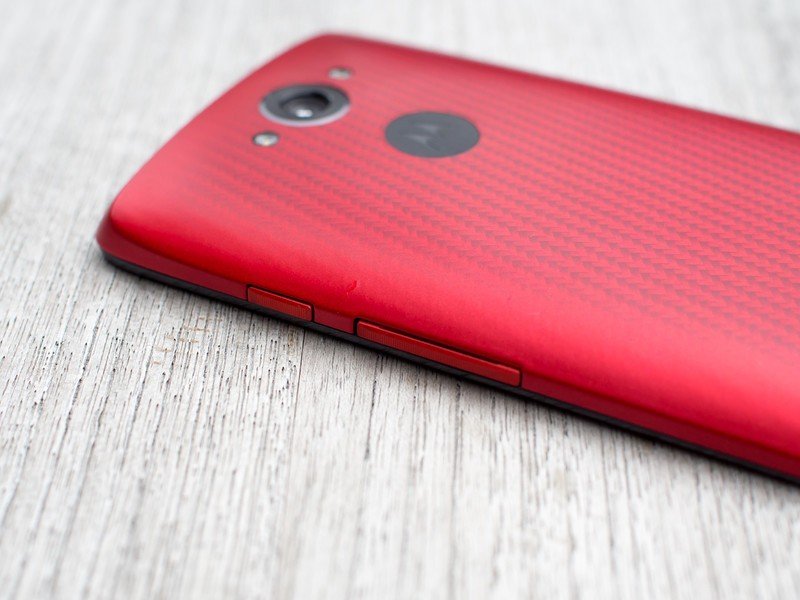
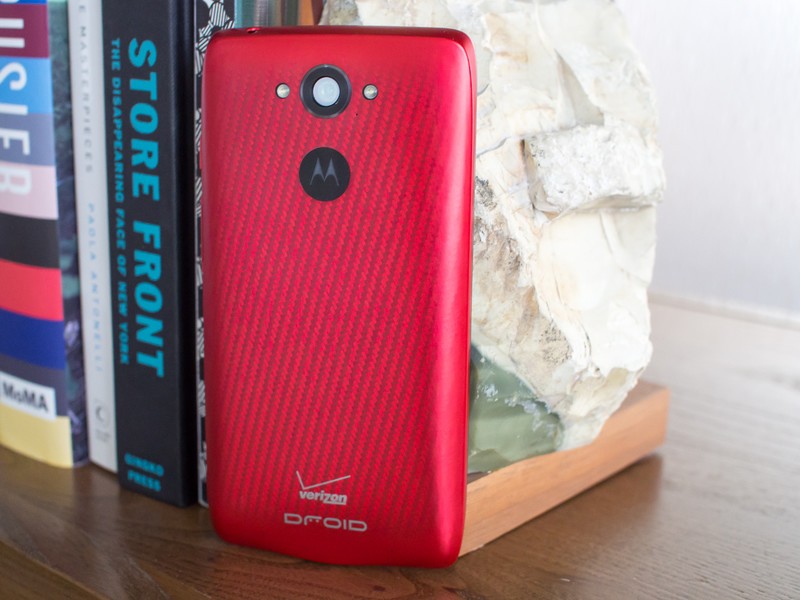
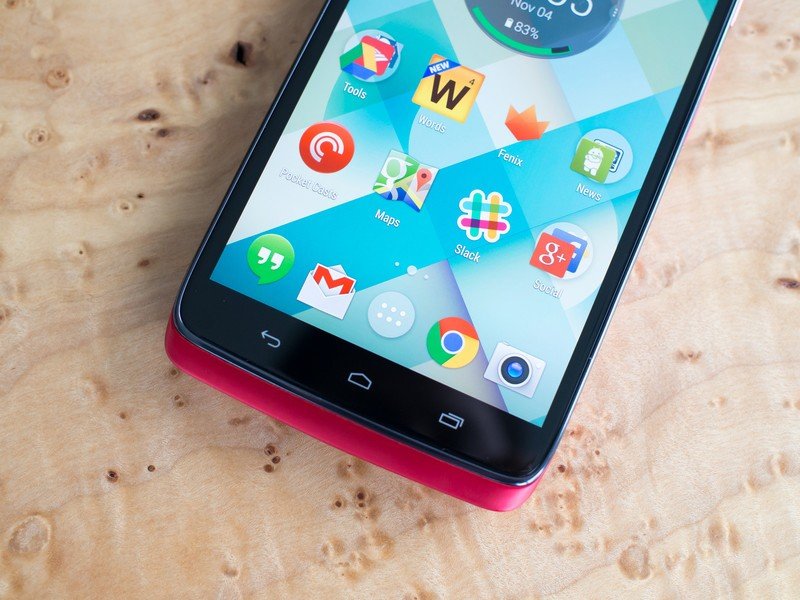
Droid Turbo specs
The Droid Turbo is marginally taller, wider and thicker than the current Moto X, and it's also notably heavier at 176 grams, compared to the X's 144 grams. That's mostly due to the Droid Turbo taking on higher-end specs than the Moto X in every aspect, with a Snapdragon 805 processor, QHD display (in the same 5.2-inch size), 3GB of RAM, 21MP camera and an absolutely absurd 3900mAh battery filling up the case.
You definitely notice the increased weight, width and thickness when you're trying to hold the phone in one hand, but depending on how much you're lusting after the high-end internals you won't care. The specs make this phone future proof far beyond how long it'll be supported by the carrier or manufacturer, surely, which is an intriguing prospect for many.
More: Motorola Droid Turbo full spec sheet
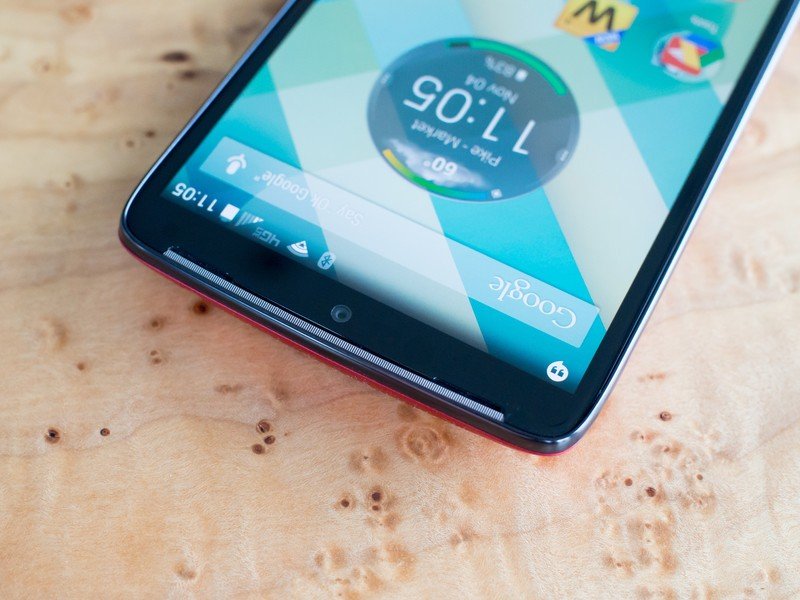
Droid Turbo display and speaker
Insane resolution, but not the best panel ever
Quad HD displays are the cool thing to have in 2014, so naturally the Droid Turbo has one. Even though Motorola didn't choose to put this panel in its flagship Moto X, it tossed it in the Droid Turbo — likely because of the larger battery and more powerful processor to handle that resolution.
Putting 2560x1440 of SuperAMOLED a 5.2-inch panel, gives the Turbo a pixel density of 564 ppi — that's notably higher than the Galaxy Note 4, LG G3 and just about anything else on the market today. But displays aren't just about resolution, particularly when we start getting this dense with pixels, there other characteristics that are just as important.


The display on the Droid Turbo is insanely crisp, of course, but it also has solid color reproduction and viewing angles that put it right up there with other phones released this year. I will say that compared to its competitors the Turbo has a "warm" tint to it — making whites appear yellowish — and viewing angles aren't quite as good as the best out there. Basically, it's similar to the Moto X's display, just at a higher resolution.
The only reason to mark down the Turbo's display is that Samsung has managed to pack an even better display into the Note 4. It has an AMOLED display of the same QHD resolution, but has higher brightness, better colors, more accurate whites and slightly better viewing angles than the Turbo. At the same time, the LCD panels in the LG G3 and HTC One M8 best the Turbo in all aspects but pixel density.

The display offers insane pixel density, but with Moto X-style quirks.
Motorola kind of has to go with an AMOLED display in the Droid Turbo on account of its power saving abilities when running Moto Display, but unfortunately the panels Motorola is sourcing aren't as good as others. These are AMOLED complaints of last year that frankly should be resolved by now.
On the other hand, you really can't complain too much about the Droid Turbo's display unless you hold it up side-by-side with one of the aforementioned devices, which most people just won't do. It has an insane resolution that helps photos and text look wonderful, while also offering decent colors, brightness and viewing angles. And as we'll get to below, the phone's performance doesn't take a hit from the resolution.

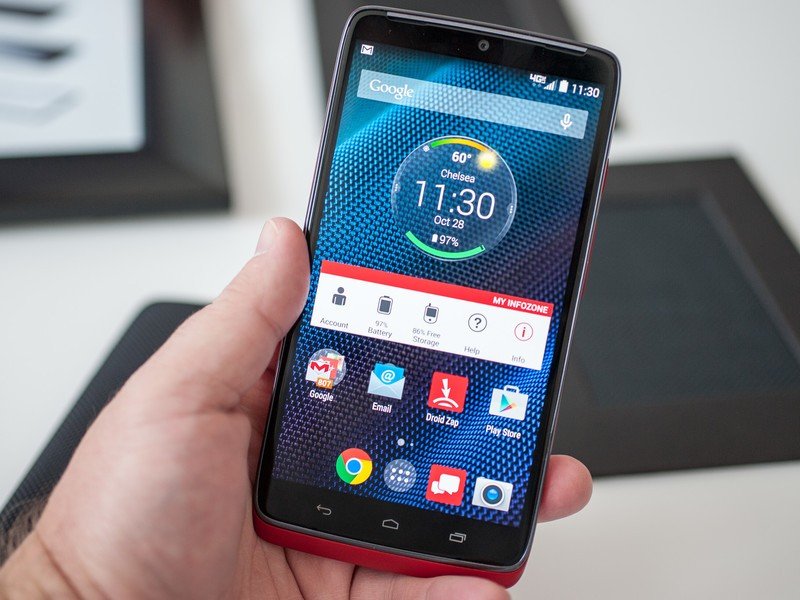
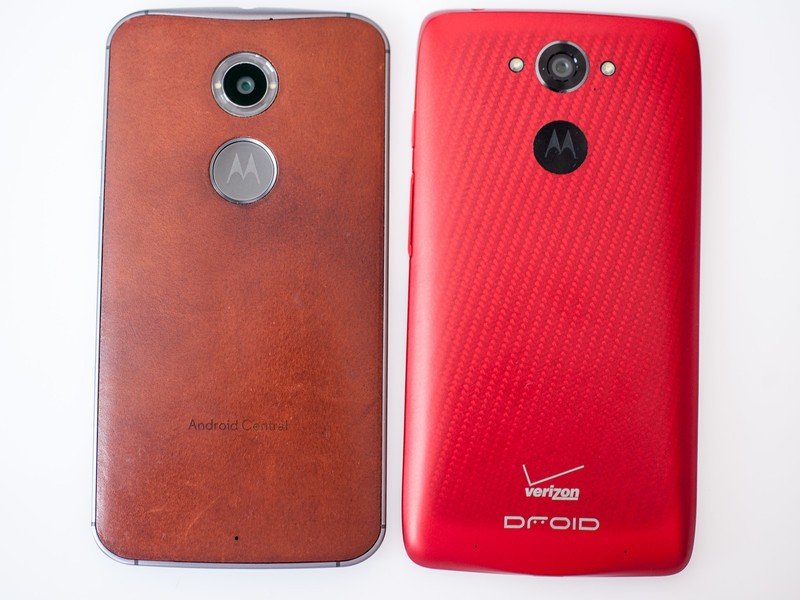
Above the display on the Droid Turbo is the single speaker for the device, which acts as both a earpiece for phone calls as well as the loudspeaker and media output. It's over twice the size of the one on the Moto X, and is quite loud considering its size. It doesn't rival the sound put out by stereo-equipped rivals, but of course this is just one speaker.
I will say that the direction of the speaker is almost as important as the loudness or quality of the sound itself. Short YouTube videos sound just fine, as does casual podcast listening when walking around the house, and that's all I'm ever going to expect a phone's speaker to do for me. The Droid Turbo does that, and does it well.
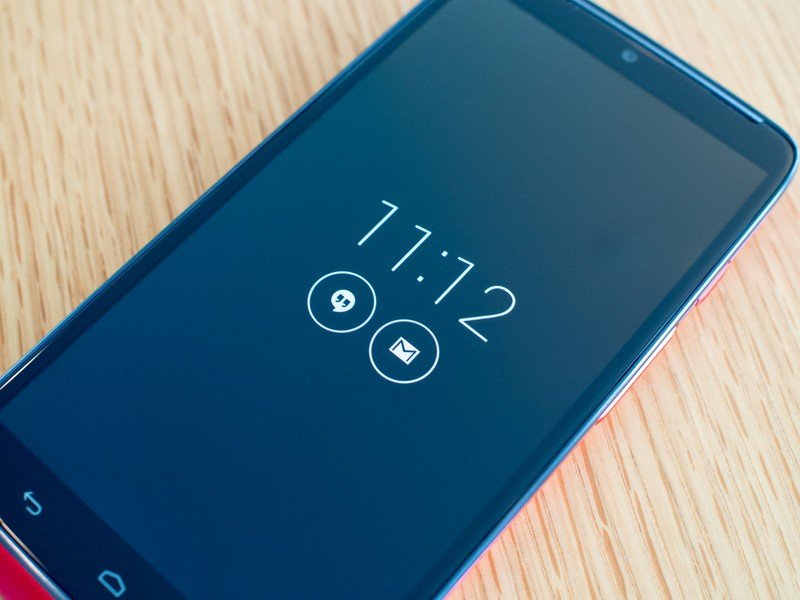
Droid Turbo software
All the Moto goodness we've come to love, with a little Verizon on top
Luckily the days of heavy-handed Droid-branded software is a thing of the past. The Droid Turbo's firmware is a near carbon copy of what you'll find on the Moto X, meaning the visuals haven't changed much from "stock" Android KitKat, but you do get a lot of subtle improvements and features.
The newly-renamed "Moto Display" (previously Active Display) functionality is here and enhanced, as are Moto Voice and Moto Actions, which help keep your phone act a little smarter than your average handset.
Though I personally haven't found much of a need for the hands-free functions of Moto Voice (I don't drive all that often), Moto Display is really a life-changing bit of software. With the inclusion of new IR sensors on the front of the device that sense your hand, you can quickly glance at the time and notifications or snooze alarms without picking the phone up. When you do pick it up, it's easy to see your recent notifications and jump right in. I rarely touched the power button on the Turbo or saw the regular lockscreen.
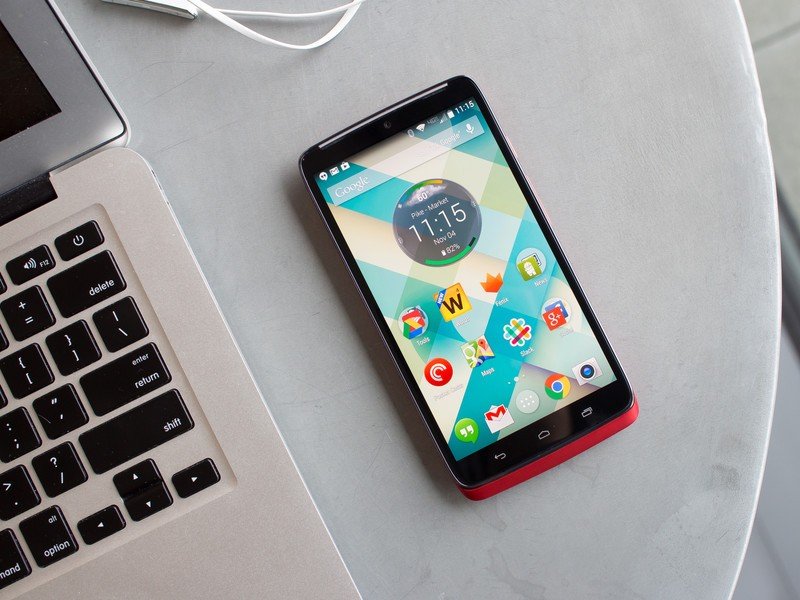
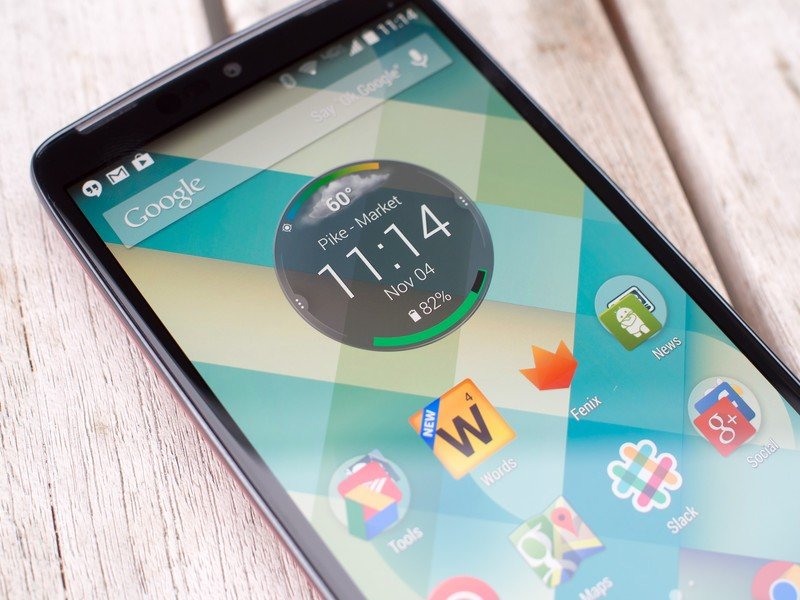
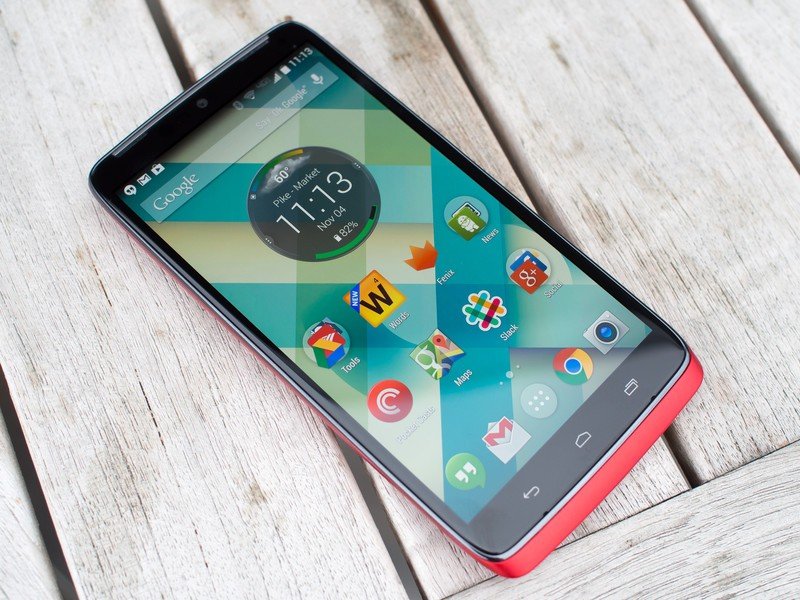
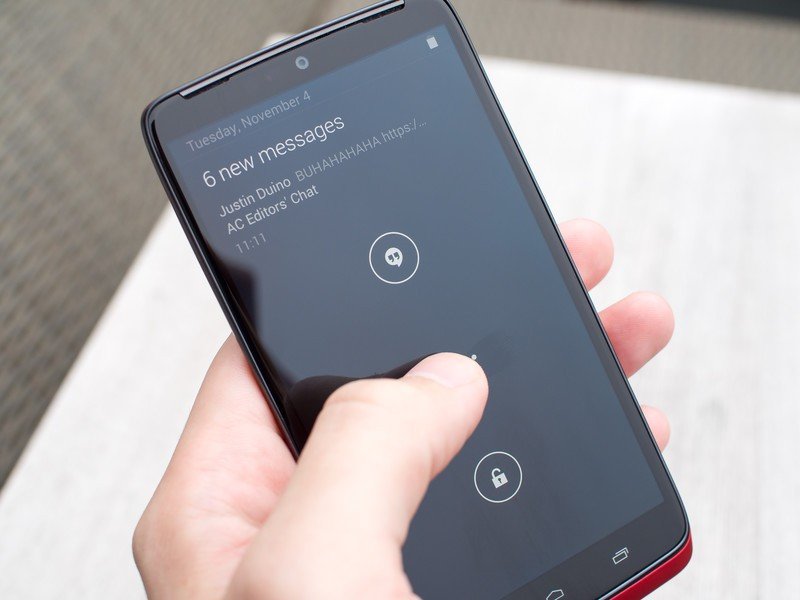
It'll be interesting to see how Moto Display changes when the new lockscreen changes in Lollipop make their way to the Droid Turbo — I hope Motorola can do something interesting with the new design that already emphasizes lockscreen notifications.
The only Droid Turbo-specific pieces of Motorola software are the "Command Center" widget (which you'll see in all the promos and commercials) and Droid Zap, though the latter is actually compatible with other Motorola phones if you want to download it.

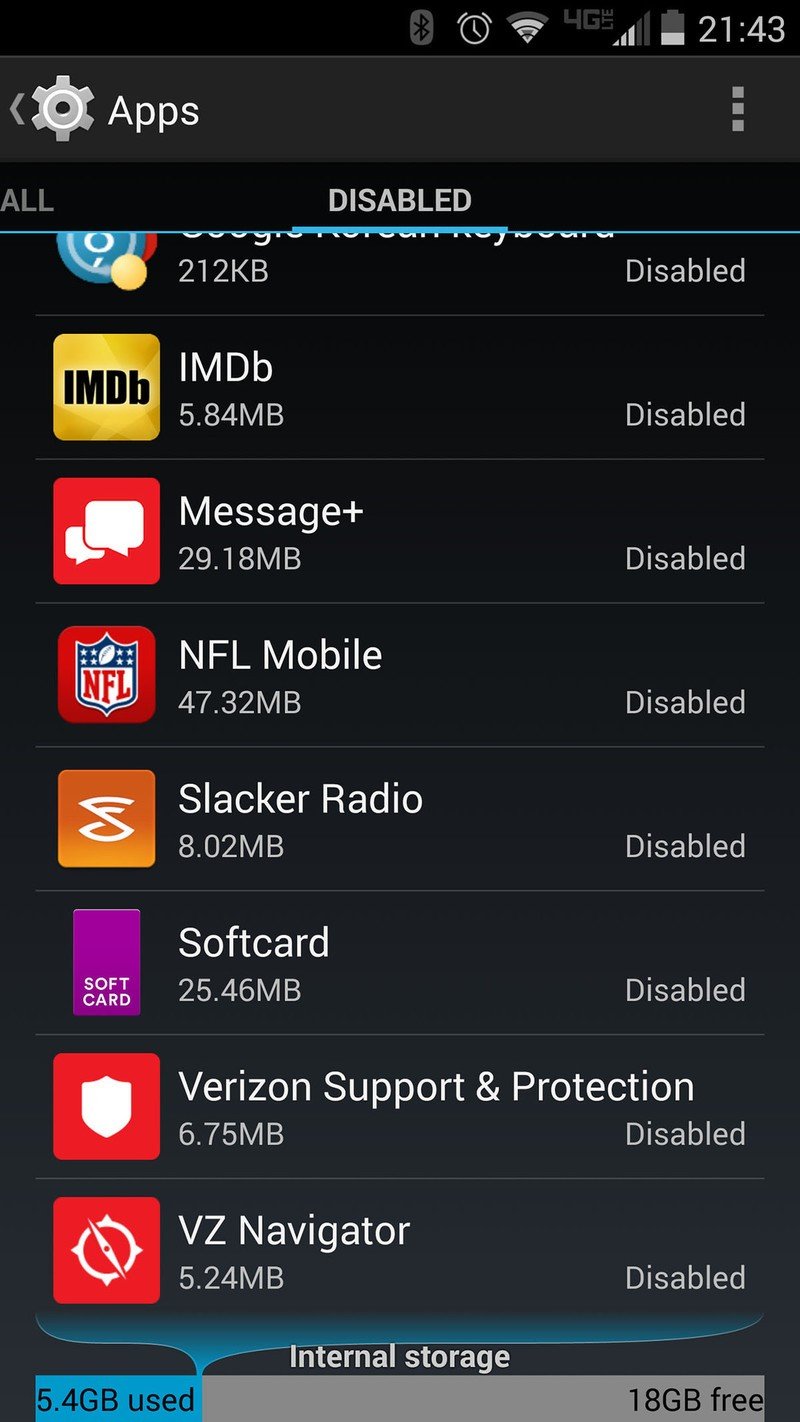
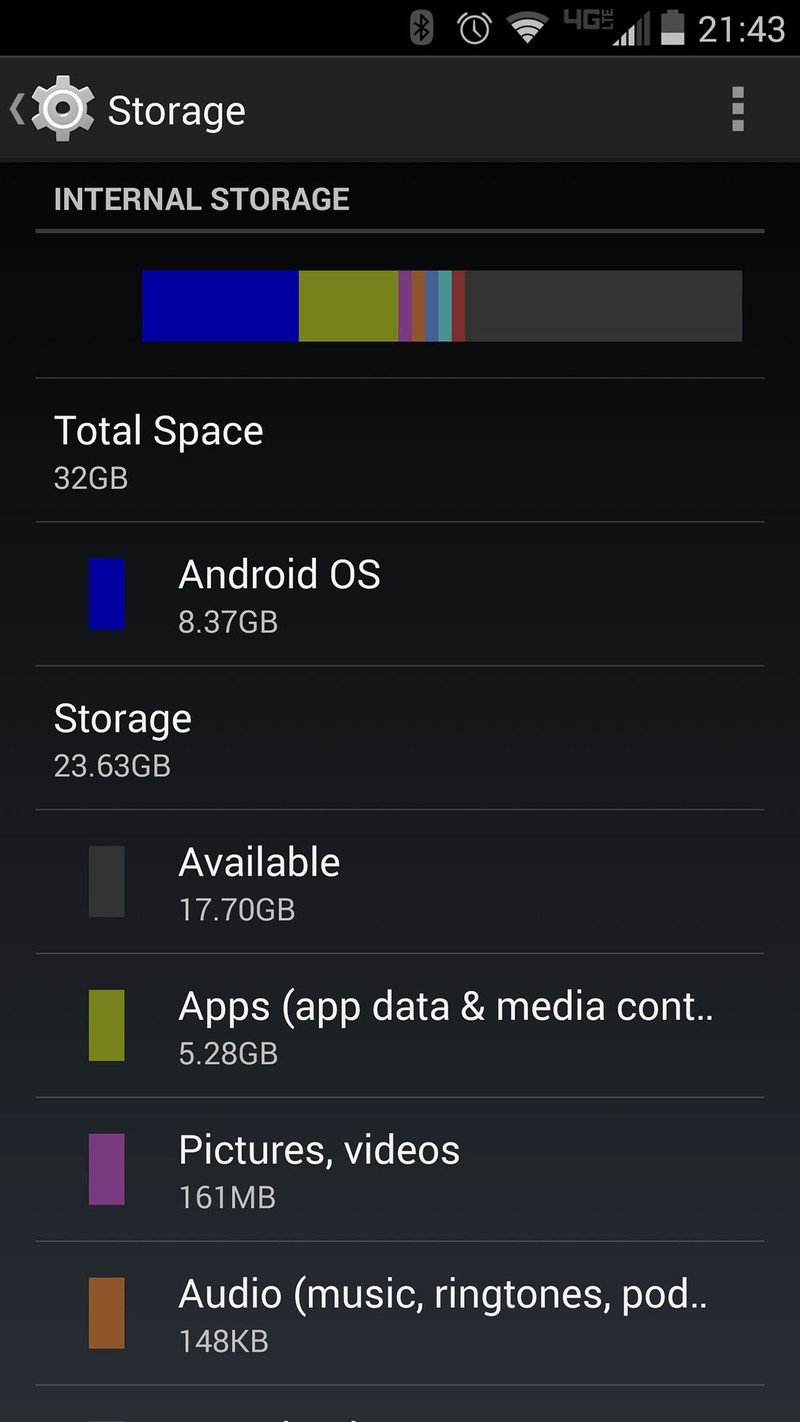
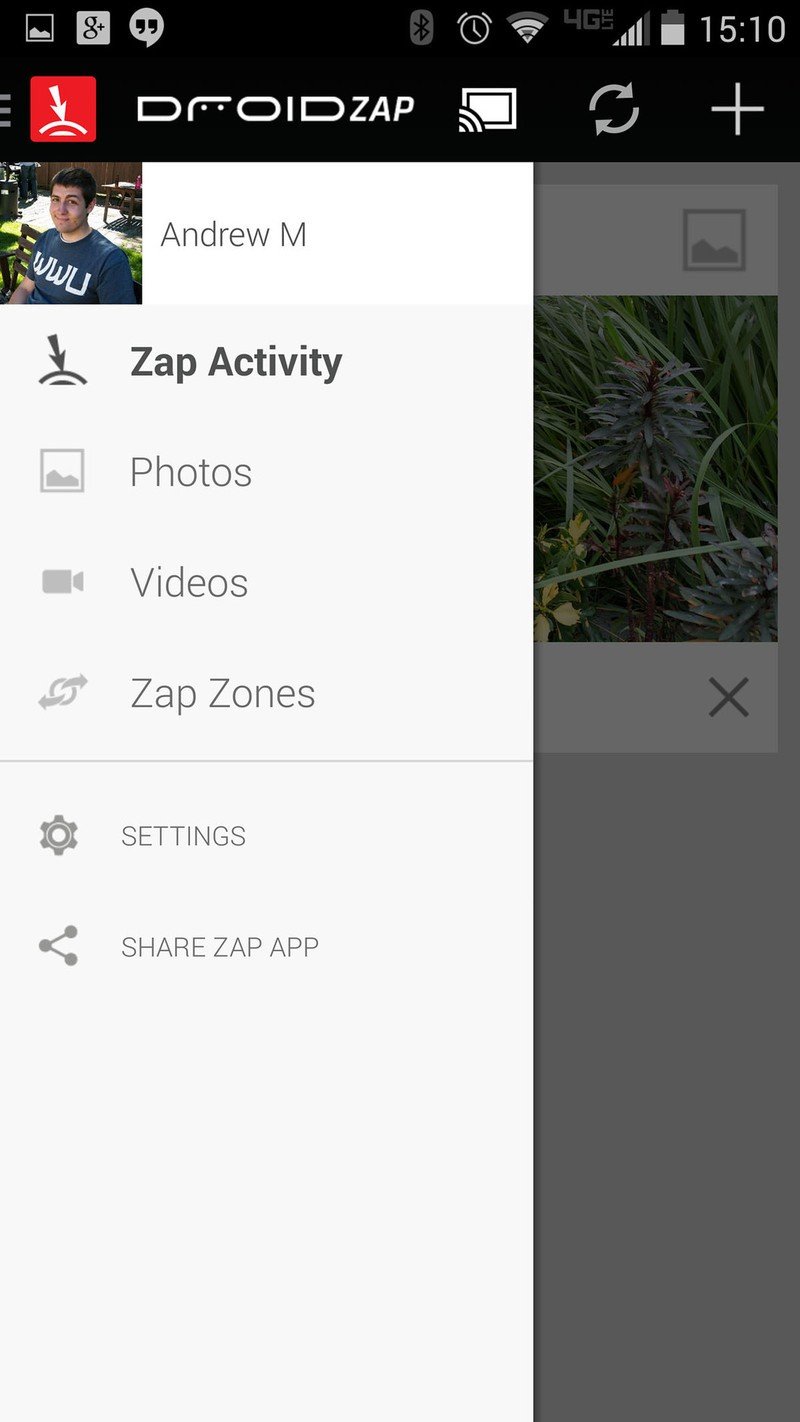
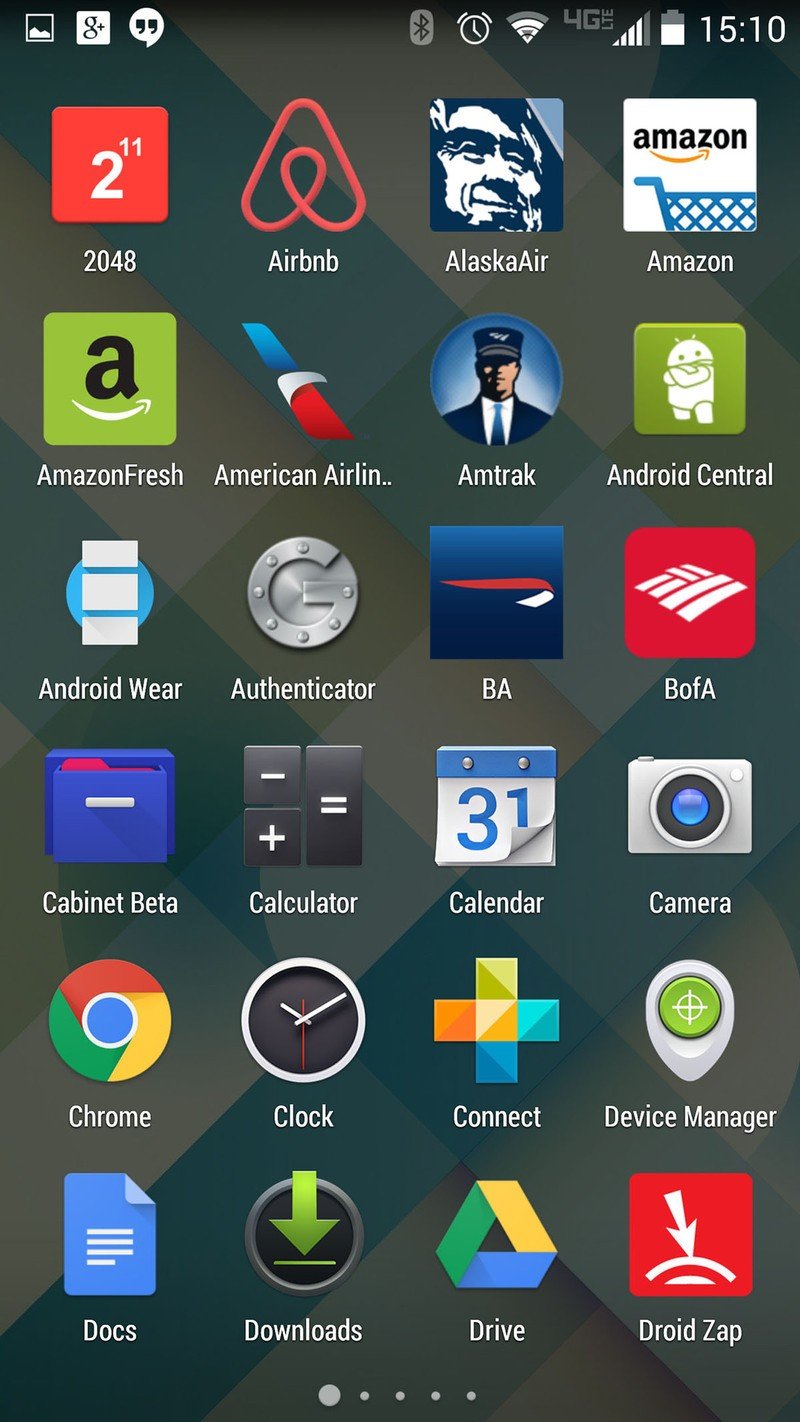
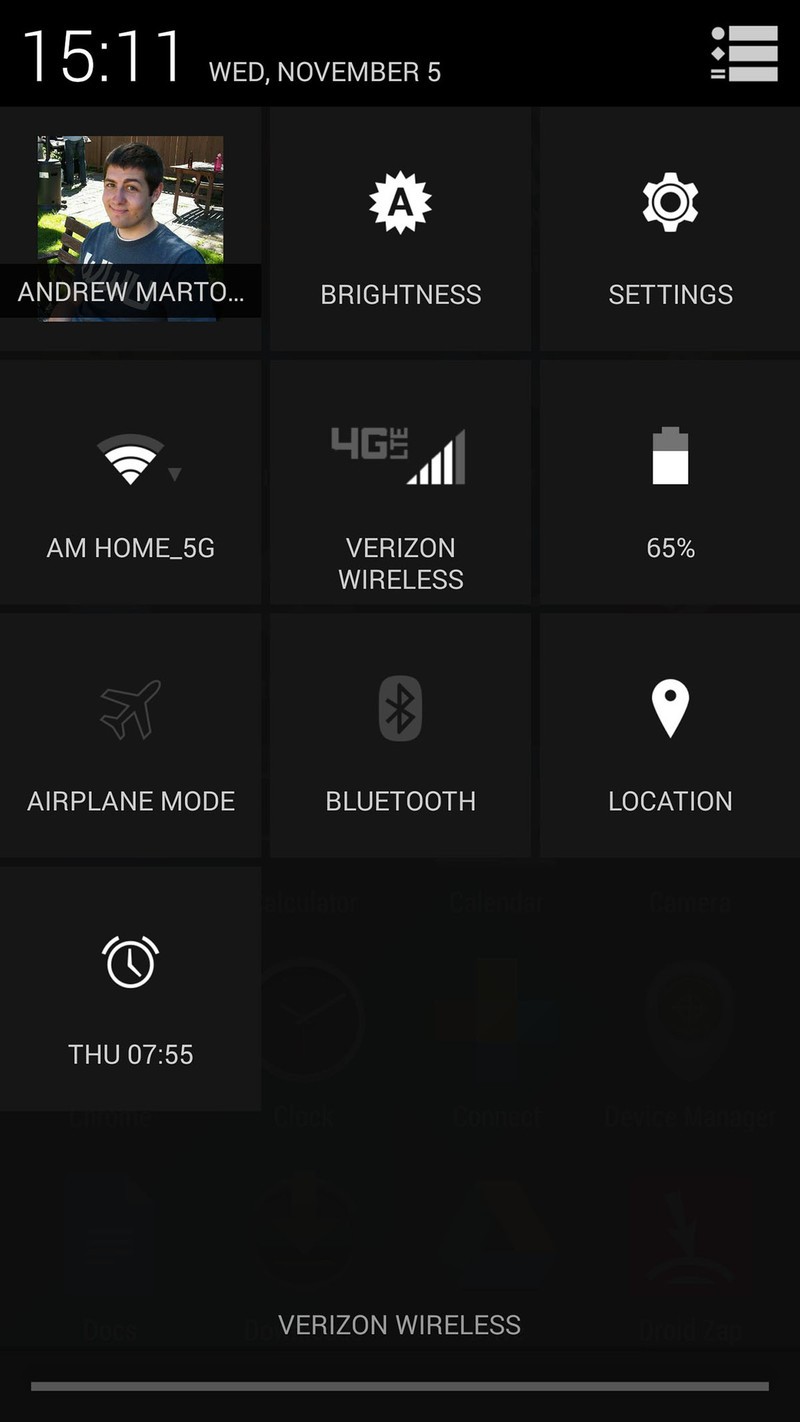
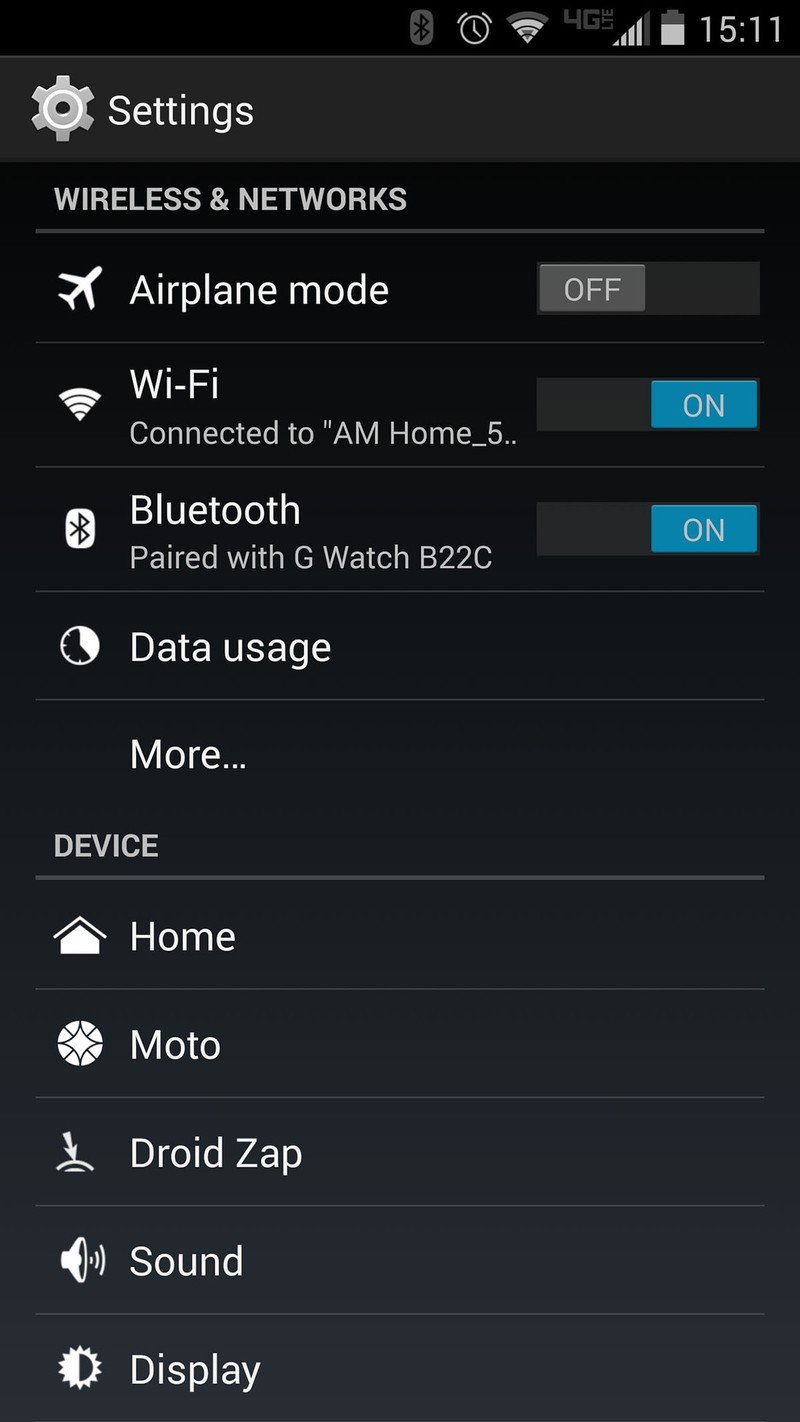
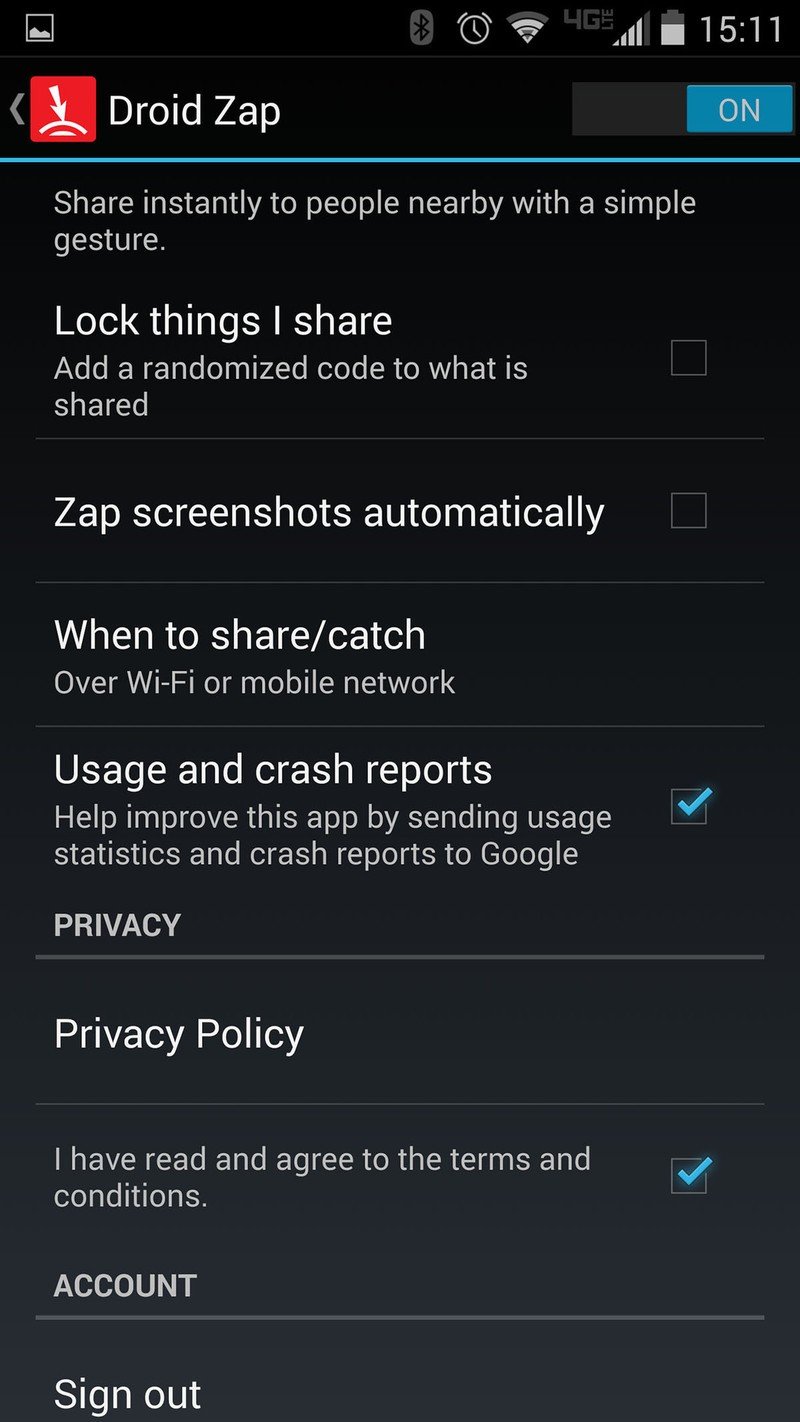
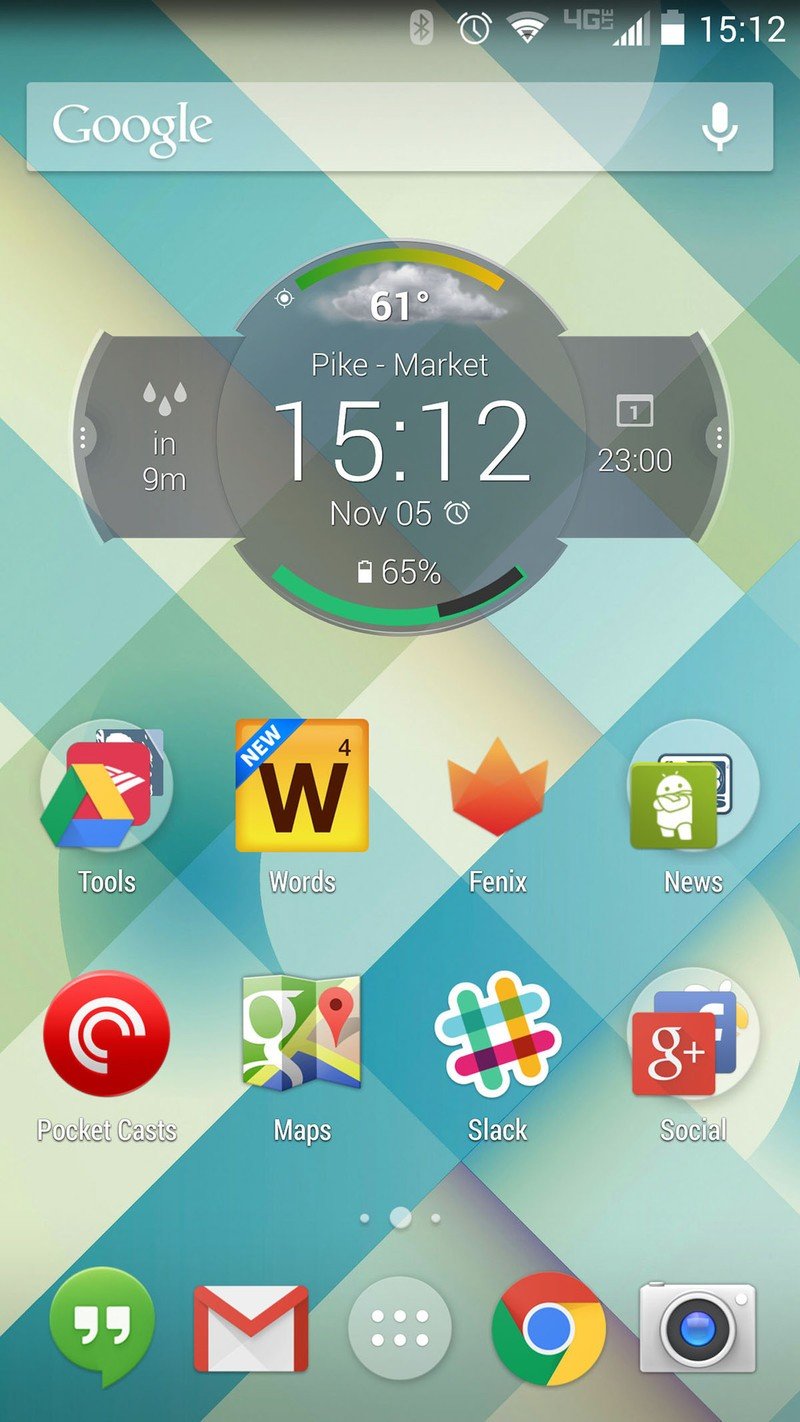
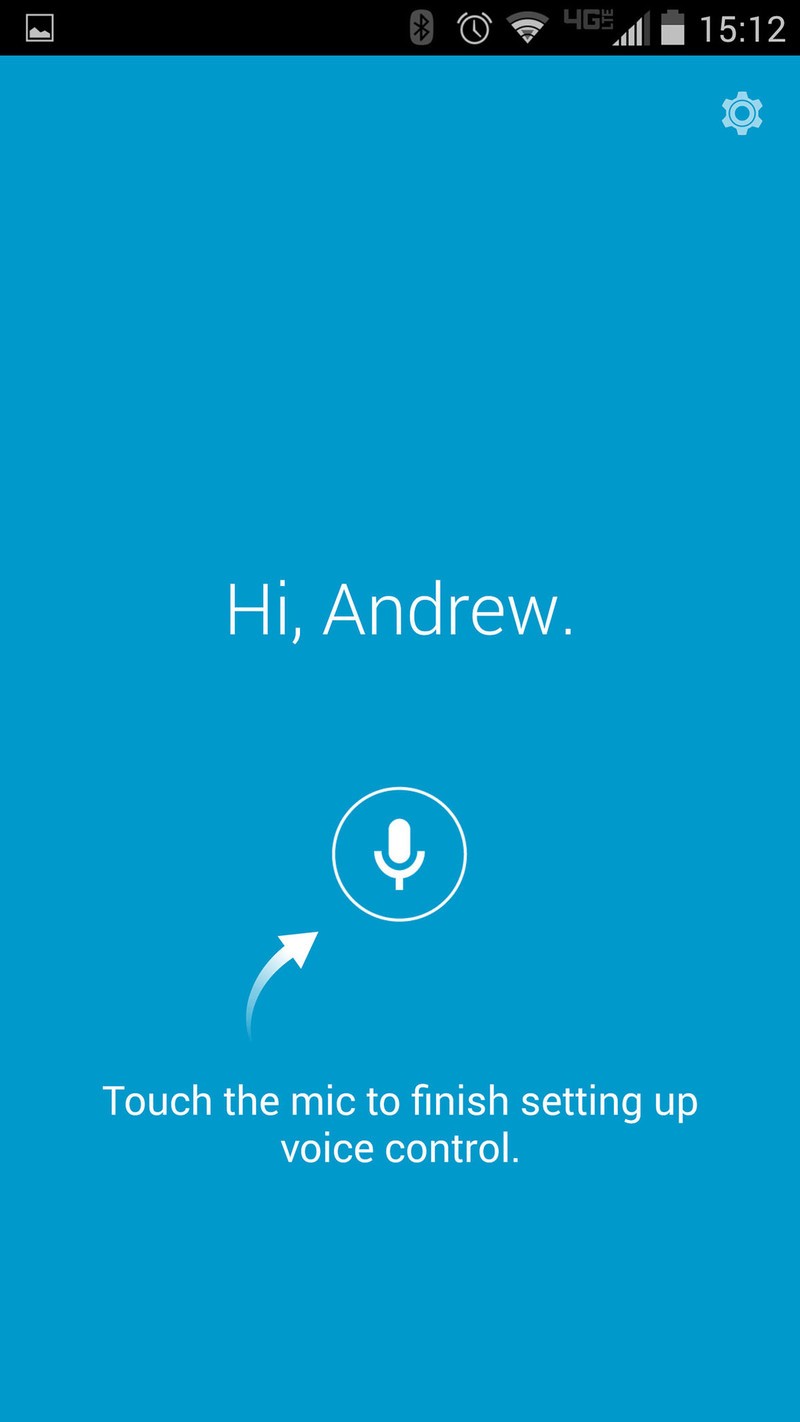
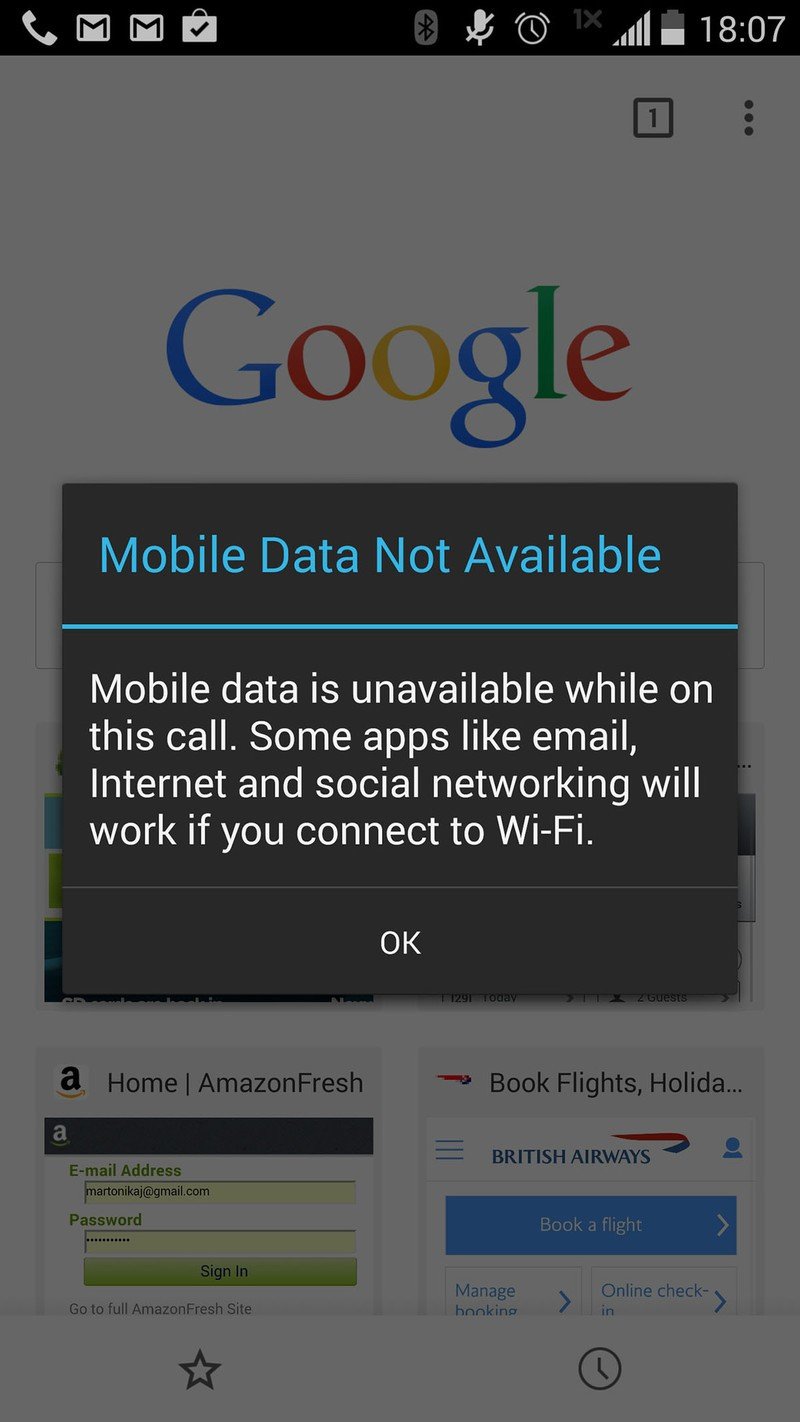
Verizon's contribution to the software comes in the form of bloatware and 'Droid Zap'
Droid Zap has expanded in functionality to let it work with more devices, thankfully, making it a useful tool. You can use Droid Zap to send photos and videos between devices nearby for a short period of time, and now the app also lets you instantly share to a Chromecast on your network as well. There are still plenty of other ways to do this, but we're glad this isn't a Droid-only affair anymore.
Naturally there's the other side of having a Verizon device, and that's the bloatware. I disabled 16 apps when setting up my Droid Turbo, 13 of which were Verizon's own apps or partner apps (such as the Amazon suite). It's something that you unfortunately have to deal with, but is relatively tame (sadly) compared to some AT&T and Sprint phones that have 25 or so apps to disable. Rather than complain, just disable the ones you don't want and get on with using a great phone.

Performance and daily use
A beast of a phone that can handle anything
We touched on this a little earlier, but my best guess for Motorola withholding this upgraded Snapdragon 805 processor from the Moto X was that a 1080p device simply doesn't need this much power. 2K resolution is taxing on a phone, as we've seen from other QHD devices, and so that bump to a Snapdragon 805 (along with a beefier Adreno 420 GPU) and 3GB of RAM is likely a necessary one.
This thing is as fast as anything else on the market, even with its high-res screen.
The results are impressive, and the internals are more than capable of pushing the Droid Turbo to be just as fast as anything else on the market, even with its high-resolution screen. I didn't notice a single performance hiccup on the Turbo, and it seems to be toe-to-toe with the Moto X in every respect.
In terms of network quality, I found Verizon's LTE network remained strong in the Seattle area — as it has been for the past few months — after being basically unusable for a good period of time earlier in the year. LTE speeds topped out around 30mbps down and up, with speeds in the middle of the day being cut down to roughly 10mbps down and up. I can live with that.
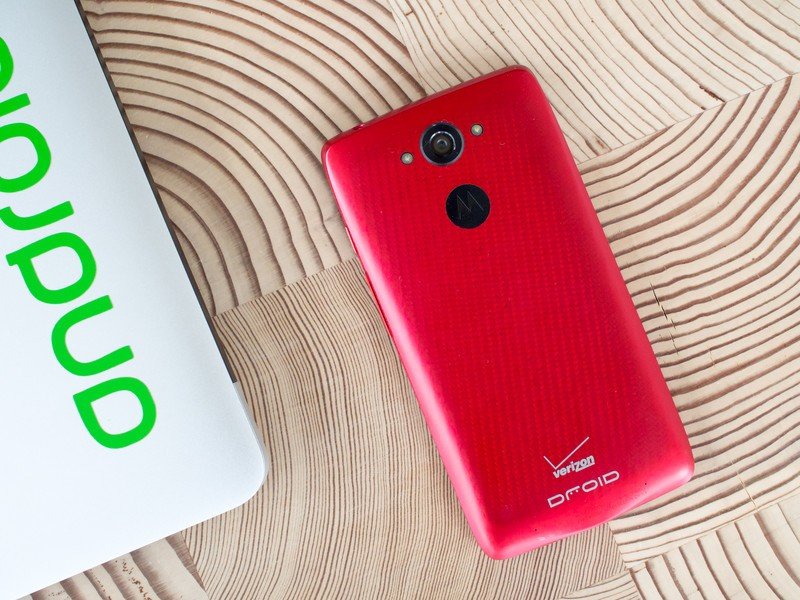


Of course things can vary based on where you live and work, but I'm happy to say that Verizon is still strong here and the Droid Turbo makes the most of it. Unfortunately one piece of bad news that I have to report is that the Droid Turbo does not support simultaneous voice and data on the Verizon network — you'll have to wait for a VoLTE update for that.
Using the Droid Turbo every day, the only real issue I can find is that you really do notice the extra size and weight when compared to other phones with this screen size. It's so much heavier than you think it should be, on account of its massive battery, and that can throw you off. Add in the slick exterior (if you go the metallized glass route) and bulbous edges and you have a phone that's tougher to hold than the screen size would suggest.

Droid Turbo battery life
3,900mAh of awesome
The Droid Turbo is all about battery life. Last year Motorola released the Droid Ultra and Droid Maxx simultaneously, one with a drastically larger battery than the other — this year it went all-in with the huge battery version. That leaves the Droid Turbo with a 3900mAh battery, dwarfing the Moto X's 2300mAh and even stepping right over the 3200 and 3220mAh batteries in the much larger Nexus 6 and Note 4. (And within spitting distance of the Nexus 7's 3,950mAh cell.)
And just like the Droid Maxx before it, the Droid Turbo has pretty incredible battery life that's pretty much unmatched. There's no need for a power saving mode, ultra power saving mode or any other such mode — the Droid Turbo just has more battery than you'll know what to do with.

The Droid Turbo just has more battery than you'll know what to do with.
After over a week of using the Droid Turbo as my only phone, I never ended a day — we're talking 16 hours off the charger — with less than 50 percent battery left. Standby time when the screen was off was quite good, as we've come to expect from Motorola phones, but even if you had the screen on for some time it didn't hit things too hard.
I never found the Turbo to be a full "two day" phone though as Verizon claims (with asterisks) on its site — the furthest I could push it was from one morning to the next afternoon, mostly because you lose a chunk of battery while idle overnight. But that's no issue — I charge my phone every night, and with the Turbo I never had to consider plugging it in before that.
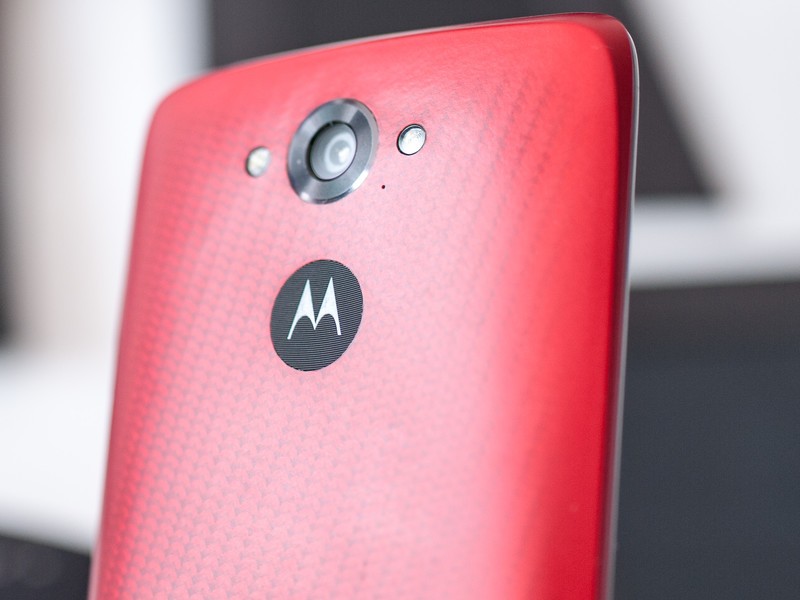
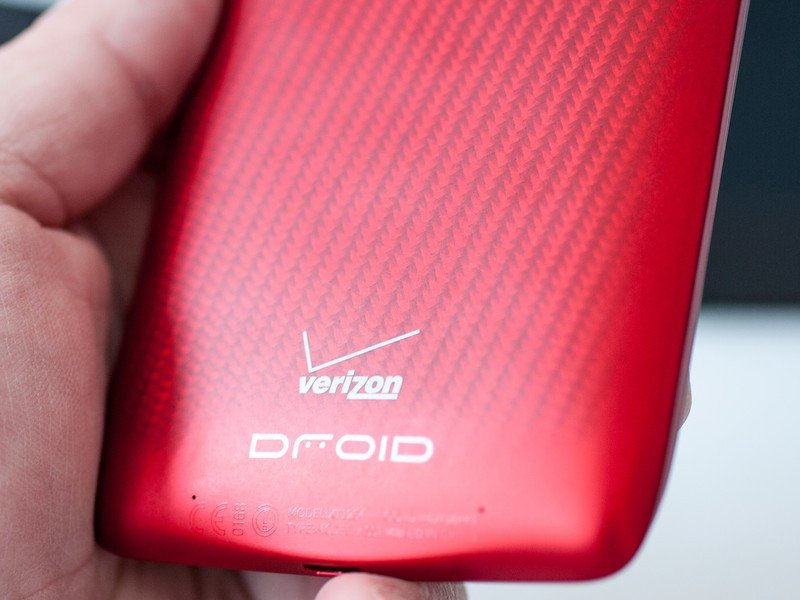
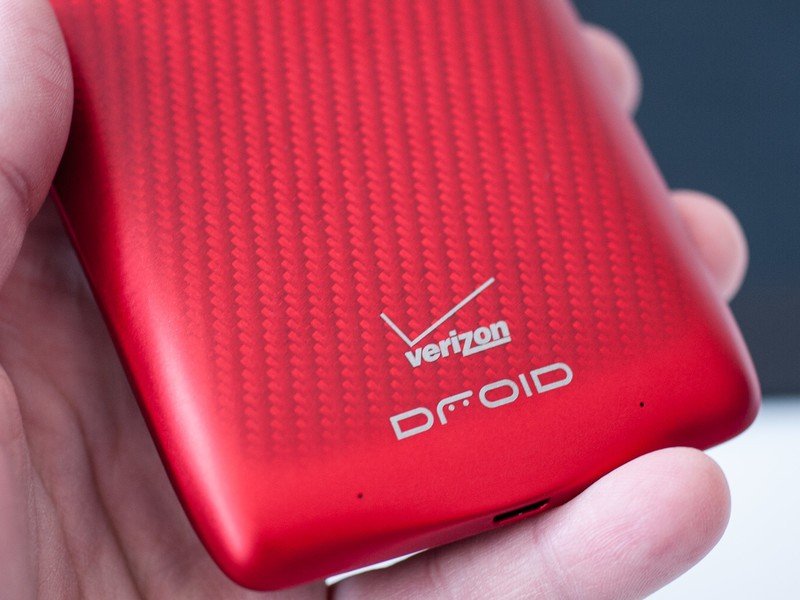
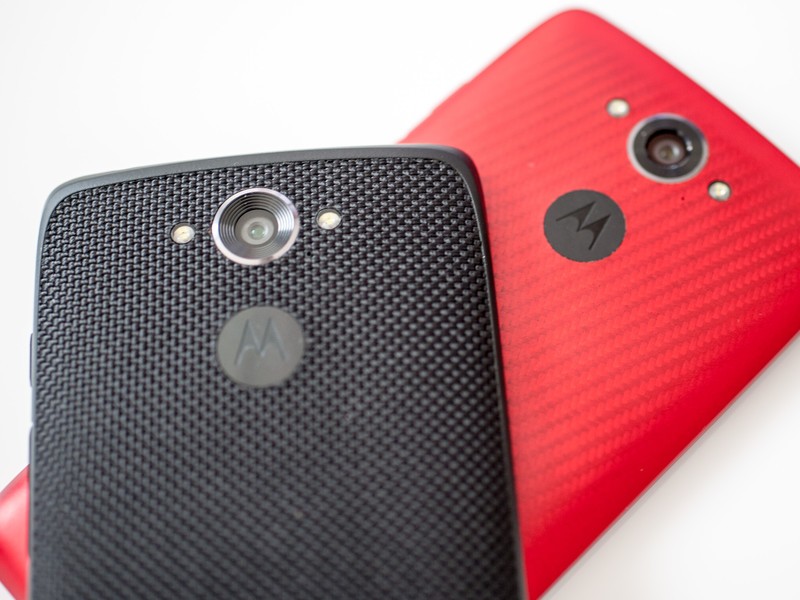

When you do inevitably need to power up, Motorola has included Qi wireless charging under the back. The software helps you position the phone properly when it detects a Qi charger underneath it, but annoyingly turns the screen on completely after helping you position it. Wireless charging was great to have from a convenience standpoint for overnight charging, but honestly isn't as useful for midday top-ups considering how huge the battery is — it just takes too damn long to charge up a 3900mAh battery with Qi.
For those quick bursts in battery capacity you for whatever reason need, Motorola also ships its Turbo Charger — usually a $35 add-on — in the box. This high-power charger adds about one percent battery per minute, which is a pretty good clip for a battery of this size. It's the go-to choice if you need to add a quick bump before you head out for the night. But like I said, I never actually needed to use it outside of the usual nightly charge.
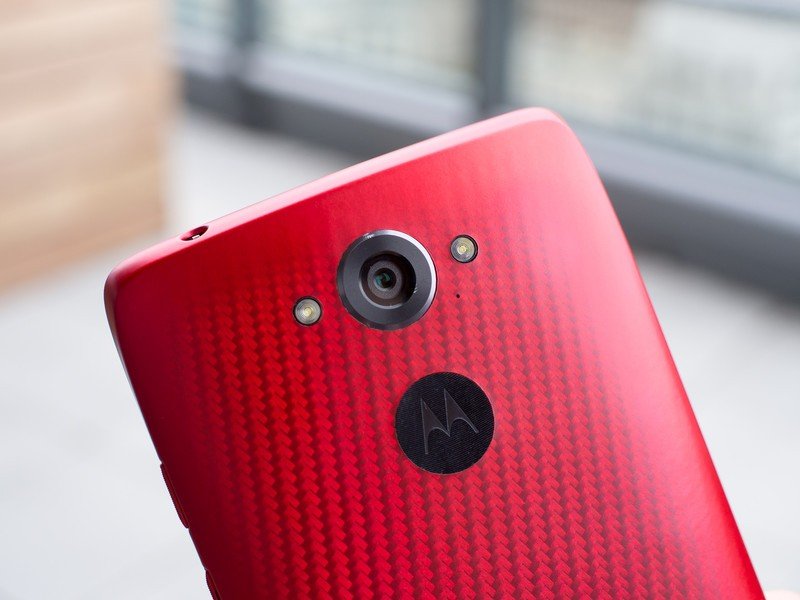
Droid Turbo cameras
More pixels, same quality
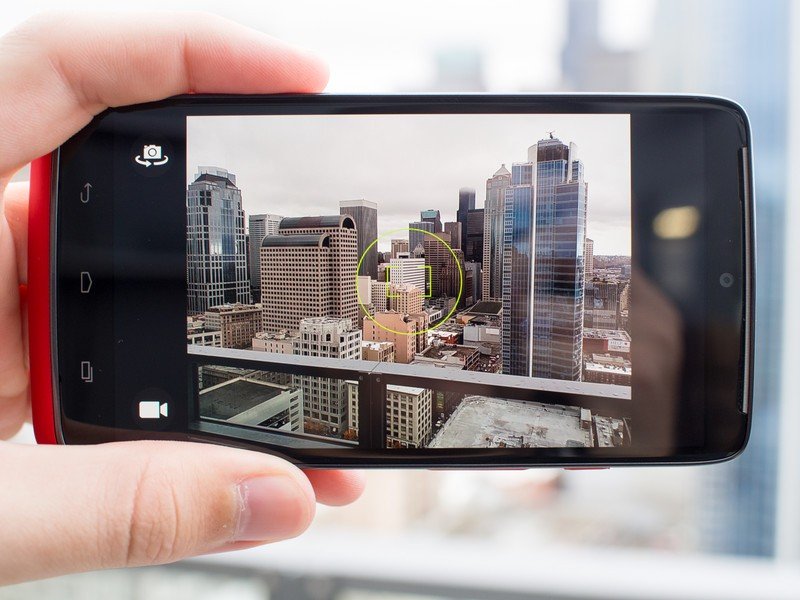
Motorola put a huge 21MP camera in the Droid Turbo, but adding all of that extra resolution didn't seem to have the positive effect that the numbers would suggest.
After using several Motorola phones over the past few years I can say the Droid Turbo takes photos that look like "Motorola" photos. If you have used any of the last two iterations of Moto X or Droid devices you know what I mean, as the photos have a very distinctive (but not necessarily bad) quality.
In the daytime photos are crisp and have an extra punch to them, and when the light gets a little lower HDR kicks in (I find Motorola's Auto HDR to do well) to keep things looking good. But the Droid Turbo can't quite do it late at night and starts to produce grainy shots, though the extra pixels do smooth out low light shots a bit more than the Moto X. Not having OIS to work with limits the possibilities of the camera in the end, and simply adding more resolution doesn't make up for it completely.

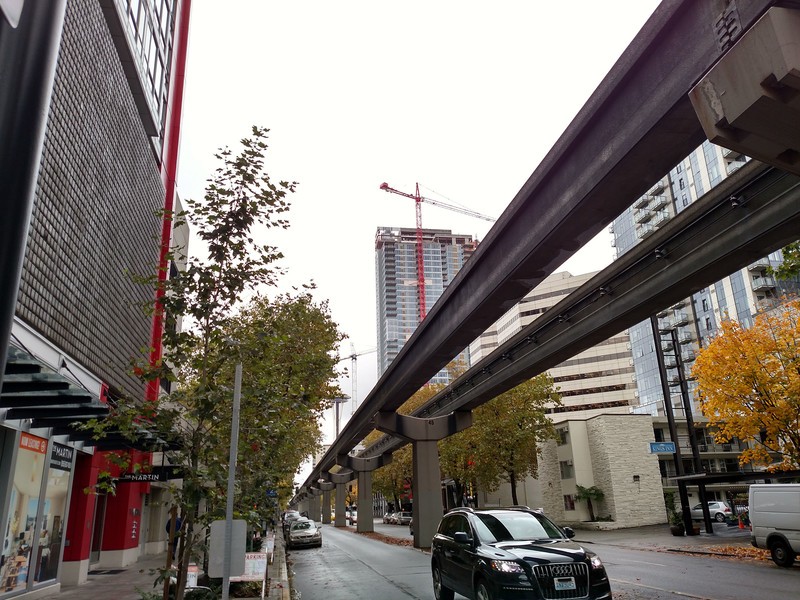

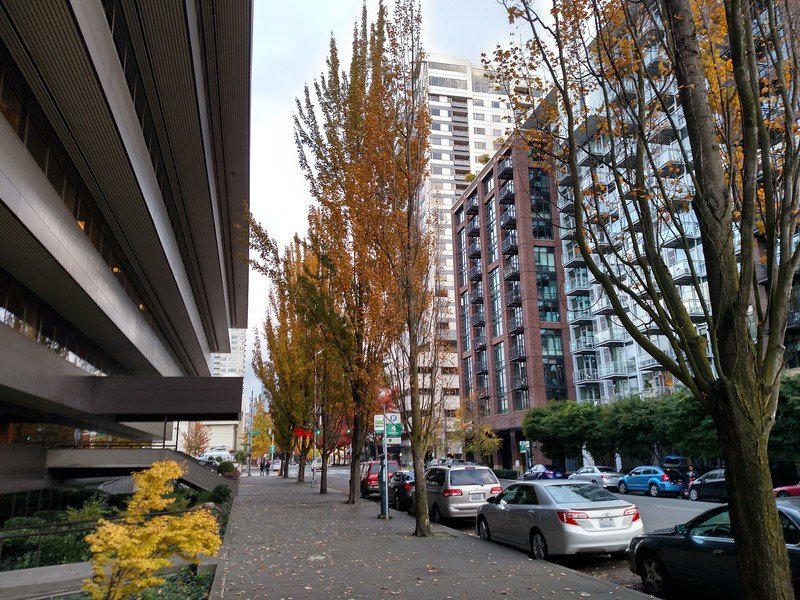
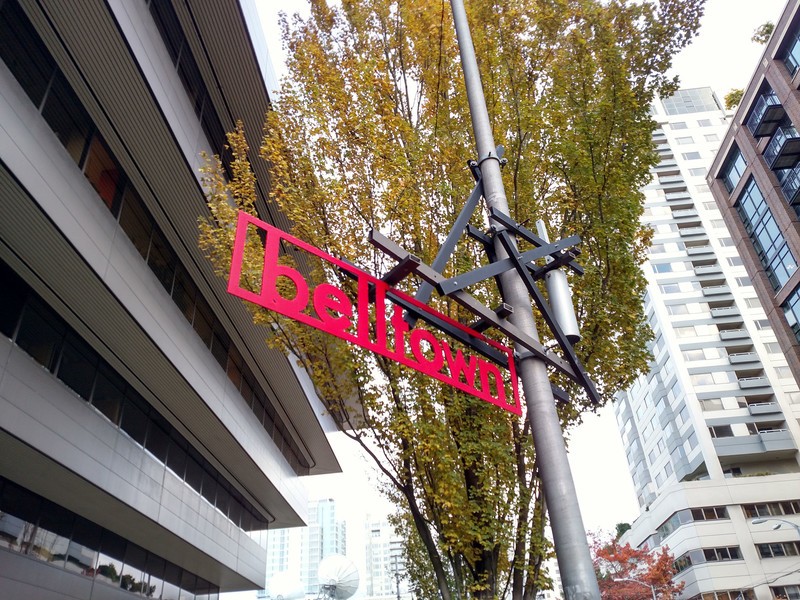










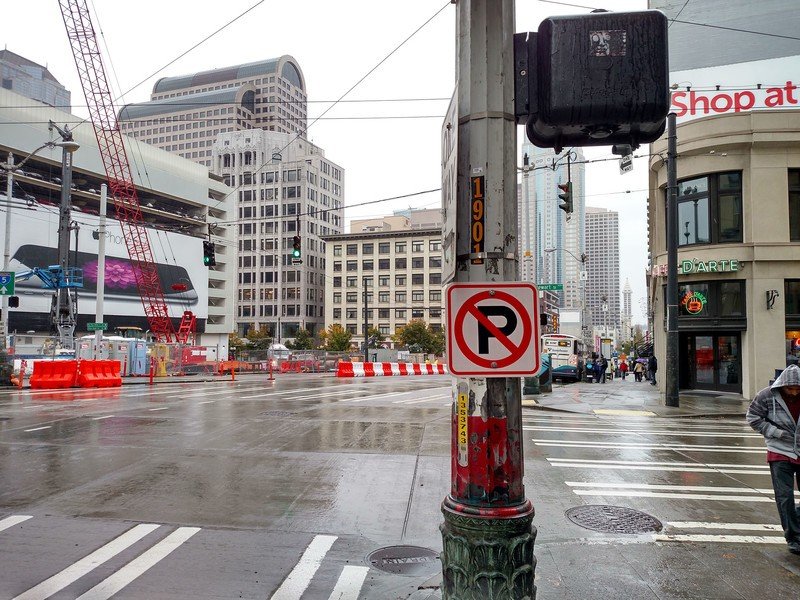

The lack of OIS will limit your photographic potential.
Having 21 megapixels at your disposal means you can digitally zoom if necessary and not lose too much quality, but aside from that I don't see any real benefit to this over the 13MP shooter in the Moto X. File sizes are downright huge, in the 5MB to 8MB range (in some cases too large for some social networks to accept), and capture times are just a tad slower because of it. At the same time side-by-side testing shows image quality to be nearly identical to that of the Moto X, with both cameras doing funky things in low light that aren't appealing in either case.
Though the camera interface is identical and the pictures are nearly the same, I did find that the Droid Turbo doesn't have issues focusing like the Moto X does. Focus was quick and always locked properly, never leading to full-on out of focus photos like you can get on the Moto X sometimes.
I was able to take some absolutely fantastic pictures with the Droid Turbo (as I have been with the Moto X), and it was consistently able to produce shots that were acceptable no matter what. This isn't a perfect camera by any means, though, with very low light shots being the achilles heel of yet another camera without OIS. The biggest takeaway I have here is that this 21MP camera isn't going to make any Moto X users with their 13MP sensor jealous — it's just a little different, with a couple small improvements.
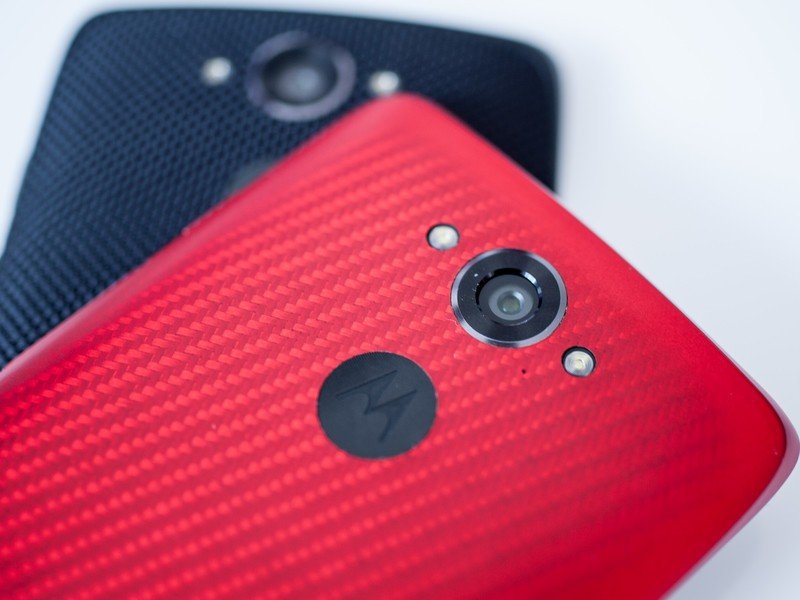
Droid Turbo: The Bottom Line
One of the best choices on Verizon right now
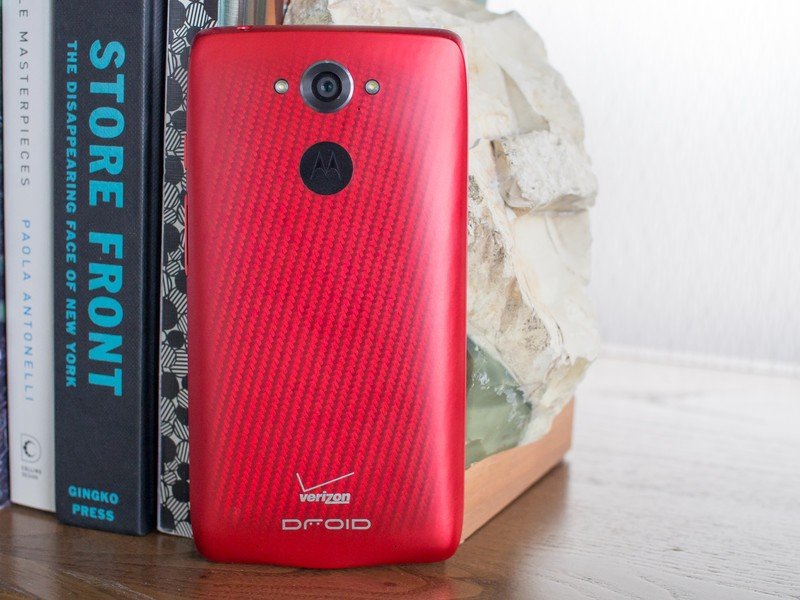
Curiosity about the Droid Turbo has been high since it first leaked, and most of it has been within the filter of comparing it to the Moto X on Verizon. A phone that's roughly the same size as the Moto X, but is better on paper in just about every respect — it seems like a no-brainer decision.
The "on paper" part of that last sentence is the important point, though. Sitting here with the Droid Turbo in-hand, it's hard to say it's not better overall than the Moto X. But that doesn't mean there isn't a place for both of these phones.
The Droid Turbo has a faster processor, more memory and storage, a higher resolution screen and much larger battery, but it doesn't exactly do anything that the Moto X can't — aside from being an all-out battery champion. There's no noticeable difference in performance, they both have the same software features and the cameras output similar quality images.
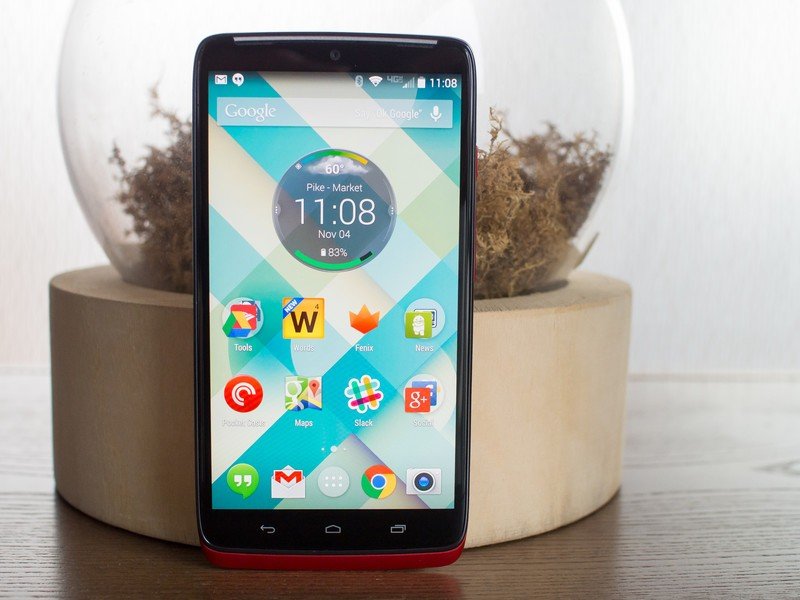
Battery life is undoubtedly the Turbo's biggest selling point.
And there are several points in which the Moto X edges ahead. The hardware customization options to make the phone your own, including wood and leather backs, are unique to that device. Having slightly lower-end specs also frees it up to be more ergonomic, lighter and smaller — ultimately being easier to hold and use. And the Moto X is also a good deal cheaper.
Verizon is going to sell a huge number of Droid Turbos, and I think that the people who end up buying them will be making a good choice. But there's no reason to blindly go pick up the Turbo without looking at the Moto X right next to it in the store. Each one will appeal to a different kind of smartphone user, and both will walk away with a great device.
Andrew was an Executive Editor, U.S. at Android Central between 2012 and 2020.
